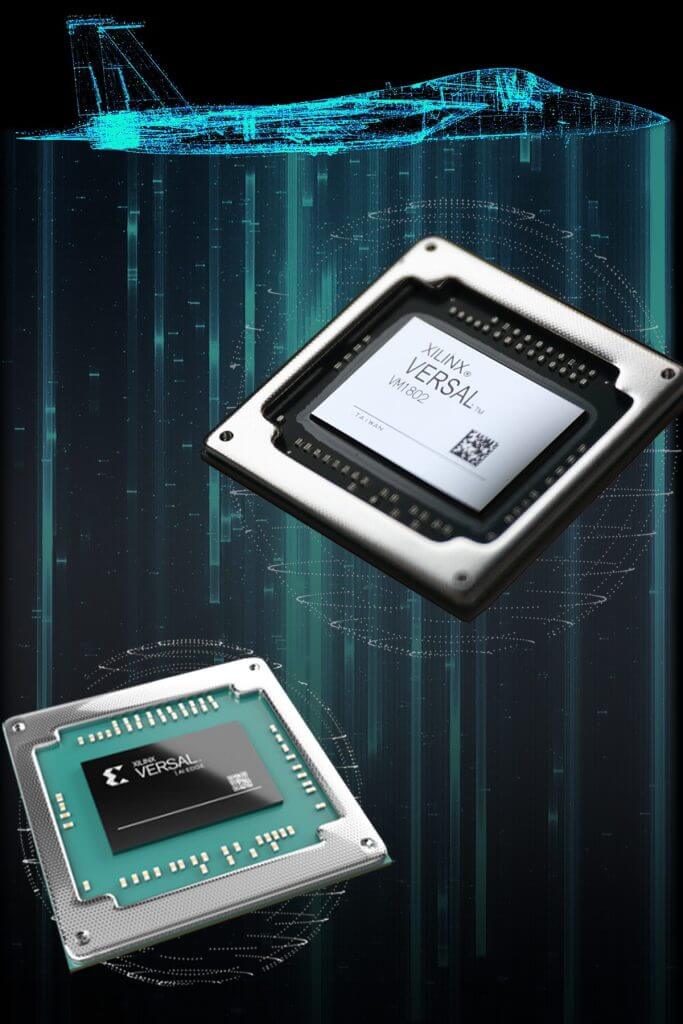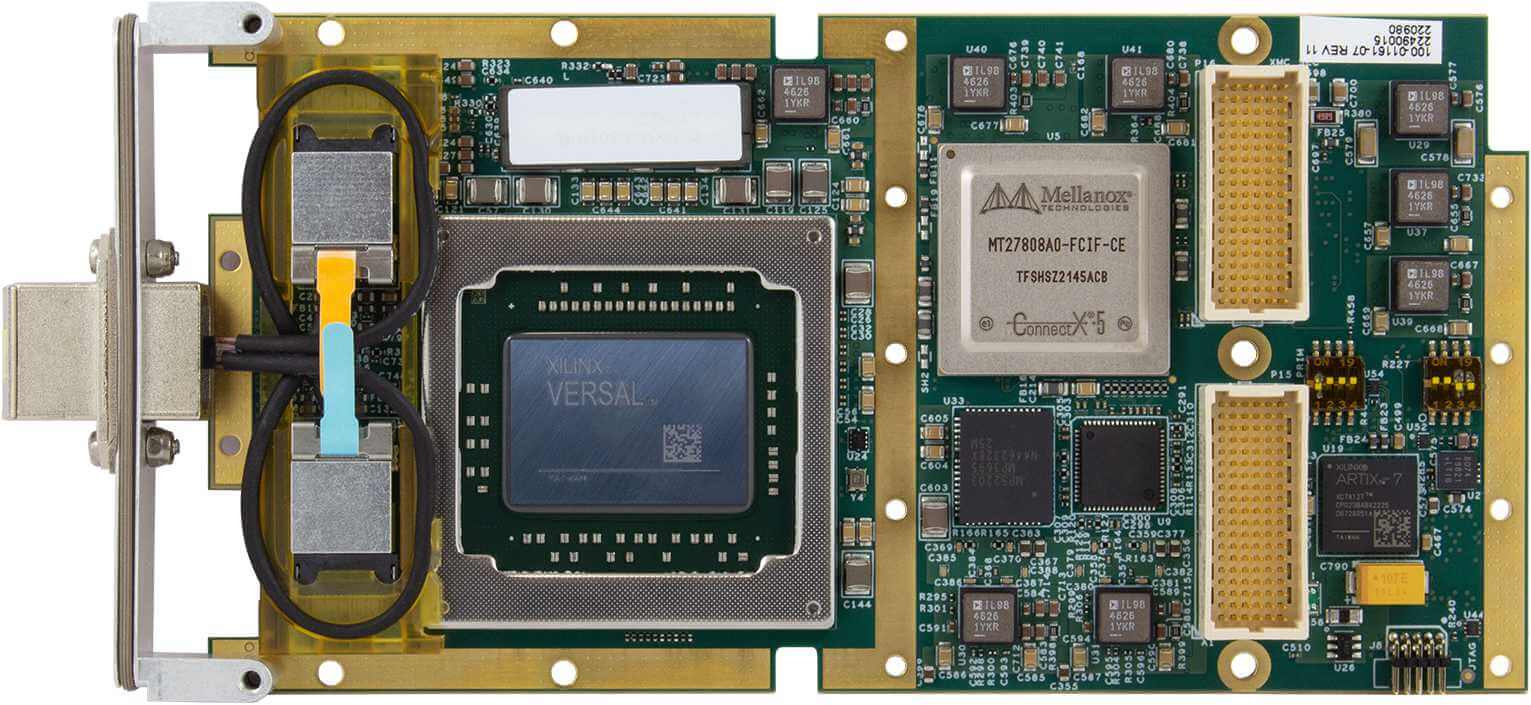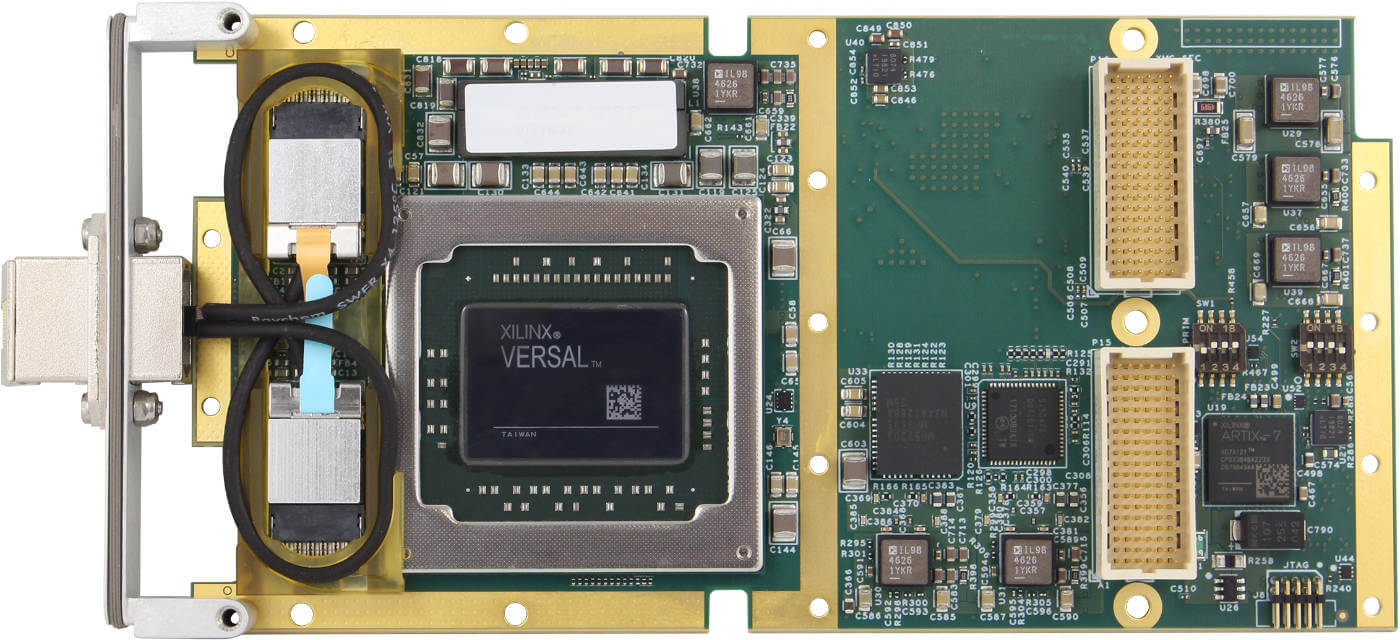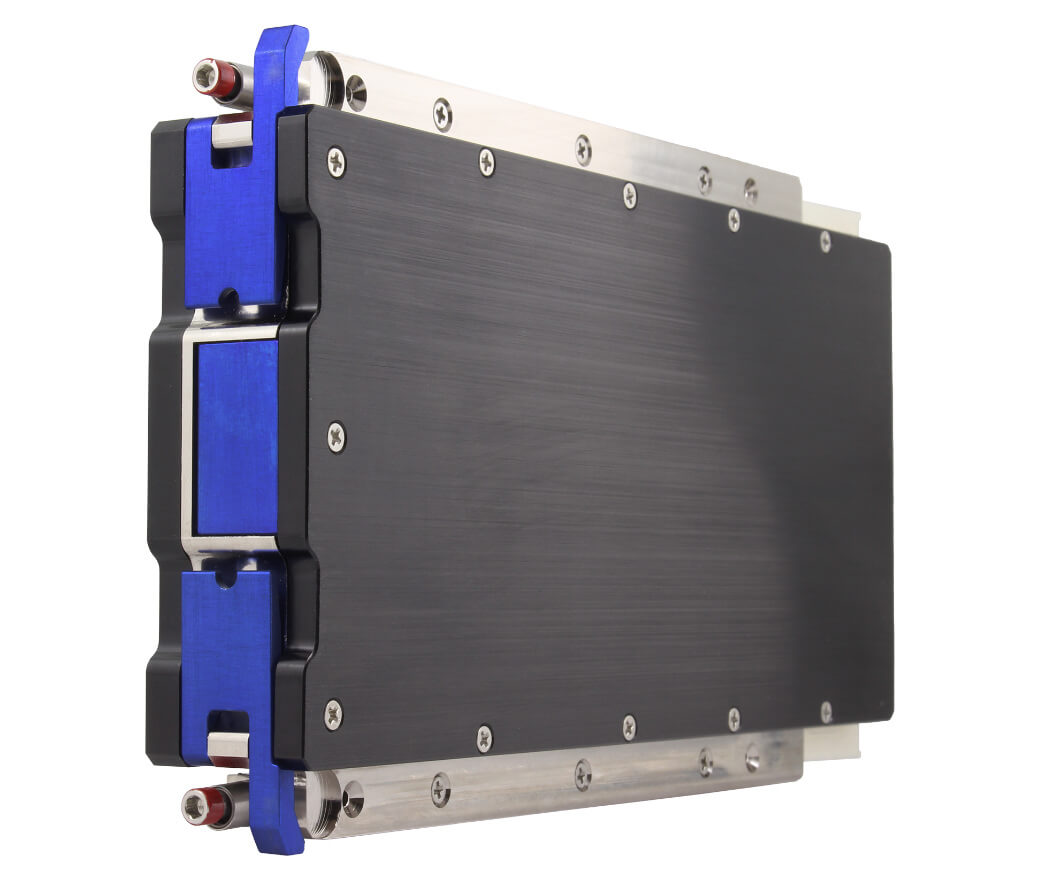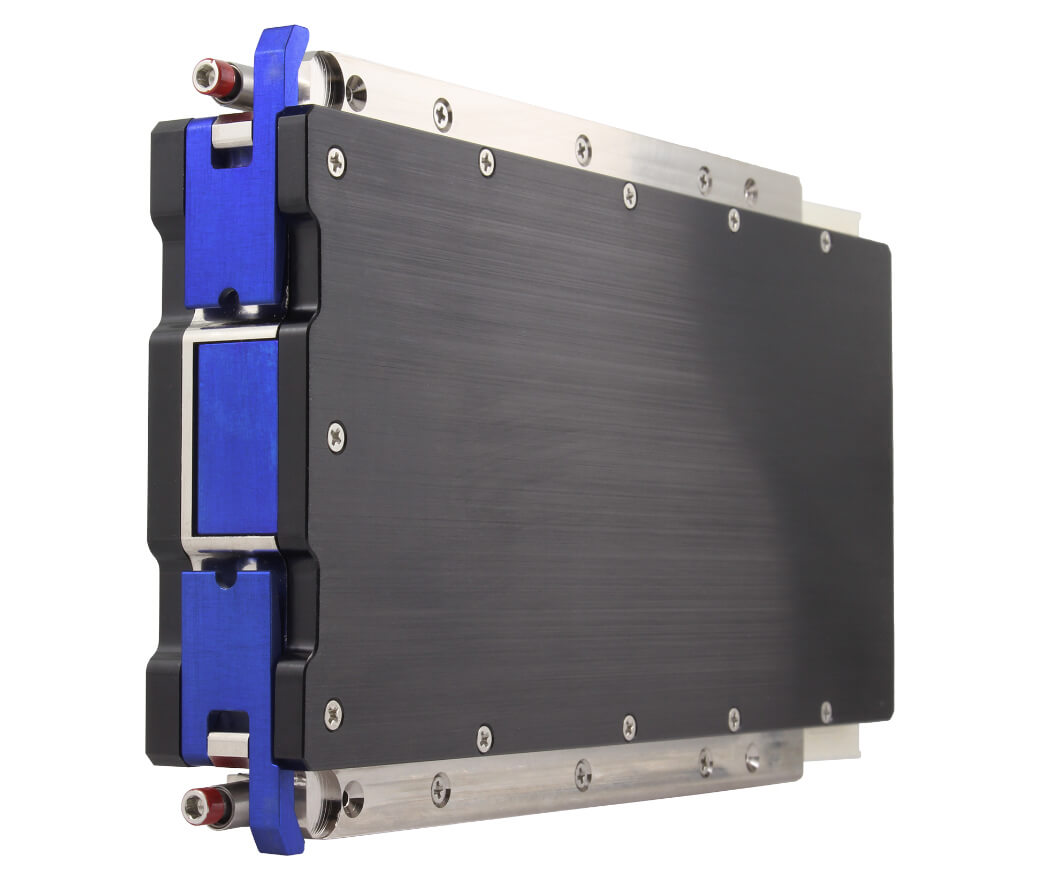What Is an Adaptive System-on-Chip?
An Adaptive System-on-Chip — often referred to as Adaptive SoC, or ASoC — is a heterogeneous computing system-on-chip platform that includes a large FPGA fabric. In addition, there are general purpose and real-time ARM cores, scalar processors suited for artificial intelligence and machine learning math operations, and hard silicon IP blocks dedicated to common I/O functions. The hard silicon blocks include things like Ethernet interfaces, high-performance PCIe DMA, and DDR memory controllers. All of the special purpose processing elements in the ASoC are coupled with a high performing NoC and delivered in a single chip. Essentially, the ASoC provides many useful processing functions in a small area at a reduced power. This makes the ASoC an excellent choice for any embedded high-performance computing application.
Three major advantages of an Adaptive SoC platform:
There are three main reasons to choose an ASoC over a more traditional FPGA:
- Size, Weight, and Power– Traditionally, tasks might require multiple chips to perform the same functions of an ASoC, and these might even be spread across multiple boards. With an ASoC, all the processing takes place within a single chip, with the NoC tightly coupling the processing elements together. In addition, moving common interface IP cores into hard silicon provides a more efficient, lower power design.
- Commonly Used IP Now Offered in Hard Silicon– By providing IP Cores like Ethernet, PCIe DMA, and DDR memory controllers in hard silicon, more programmable logic resources are available for the user and the interface logic is more efficient. This lowers the power utilization.
- Software Programmability– Xilinx® ASoC allows users to benefit from the latest software abstraction layers. This means users can deploy their algorithms and applications quickly and efficiently through standard software.
